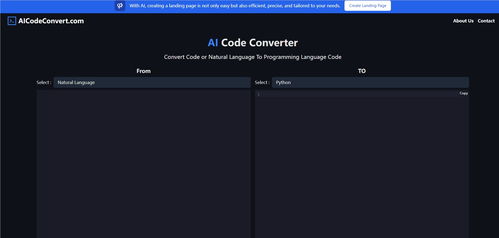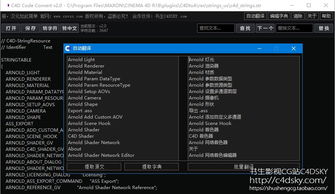Transforming Hyperlinks into QR Codes: A Comprehensive Guide for You
Are you looking to convert hyperlinks into QR codes? If so, you’ve come to the right place. In this detailed guide, I’ll walk you through the process, benefits, and best practices of turning URLs into scannable QR codes. Let’s dive in!
Understanding QR Codes

Before we get into the nitty-gritty of converting hyperlinks to QR codes, it’s essential to understand what QR codes are and how they work. QR codes, short for Quick Response codes, are two-dimensional barcodes that can store various types of information, including URLs, text, and contact information.
QR codes are becoming increasingly popular due to their ease of use and versatility. They can be scanned using smartphones, tablets, and other devices equipped with a camera and QR code scanning app. Once scanned, the information stored in the QR code is displayed on the device, allowing users to access content, make purchases, or contact the code’s owner.
Why Convert Hyperlinks to QR Codes?

Now that you understand what QR codes are, let’s explore the reasons why you might want to convert hyperlinks to QR codes:
-
Enhanced User Experience: QR codes provide a quick and convenient way for users to access content without typing in URLs or searching for it manually.
-
Increased Engagement: QR codes can be used to create interactive experiences, such as gamification or augmented reality, which can boost user engagement.
-
Marketing and Advertising: QR codes can be an effective tool for marketing and advertising campaigns, allowing businesses to share information, promotions, and contact details with ease.
-
Cost-Effective: QR codes are a cost-effective alternative to traditional marketing materials, such as brochures or flyers.
How to Convert Hyperlinks to QR Codes

Converting a hyperlink to a QR code is a straightforward process. Here’s a step-by-step guide:
-
Choose a QR code generator: There are many online QR code generators available, such as QRStuff, QRCode Monkey, and QR-Code-Generator.com. Select a generator that suits your needs and preferences.
-
Enter the hyperlink: Copy the URL you want to convert into a QR code and paste it into the generator’s input field.
-
Customize your QR code: Most generators allow you to customize your QR code by choosing a color, adding a logo, or selecting a shape. This step is optional but can make your QR code more visually appealing.
-
Generate the QR code: Once you’re satisfied with your customization, click the “Generate” or “Create” button. The generator will create a QR code based on the provided hyperlink.
-
Download and use the QR code: After generating the QR code, you can download it in various formats, such as PNG, SVG, or EPS. Use the QR code in your desired application, such as on a business card, poster, or website.
Best Practices for Creating QR Codes
Creating an effective QR code requires attention to detail. Here are some best practices to keep in mind:
-
Use a reliable QR code generator: Choose a reputable generator that offers high-quality QR codes and reliable support.
-
Keep the QR code simple and clean: Avoid cluttering the QR code with too much information or graphics, as this can make it difficult to scan.
-
Test the QR code: Before using the QR code in a live environment, test it to ensure it works correctly and is easily scannable.
-
Incorporate a call-to-action (CTA): Encourage users to scan the QR code by including a clear and compelling CTA, such as “Scan to learn more” or “Scan for exclusive offers.”
-
Monitor the performance: Track the performance of your QR code to determine its effectiveness and make adjustments as needed.
Common Challenges and Solutions
While converting hyperlinks to QR codes is generally a straightforward process, there are some common


















